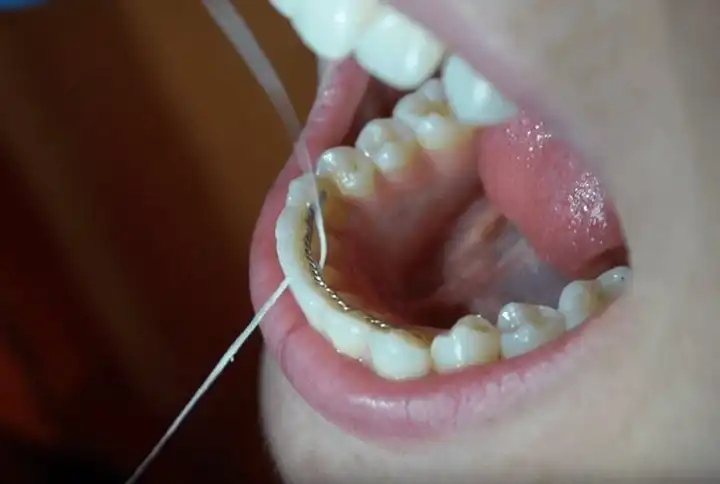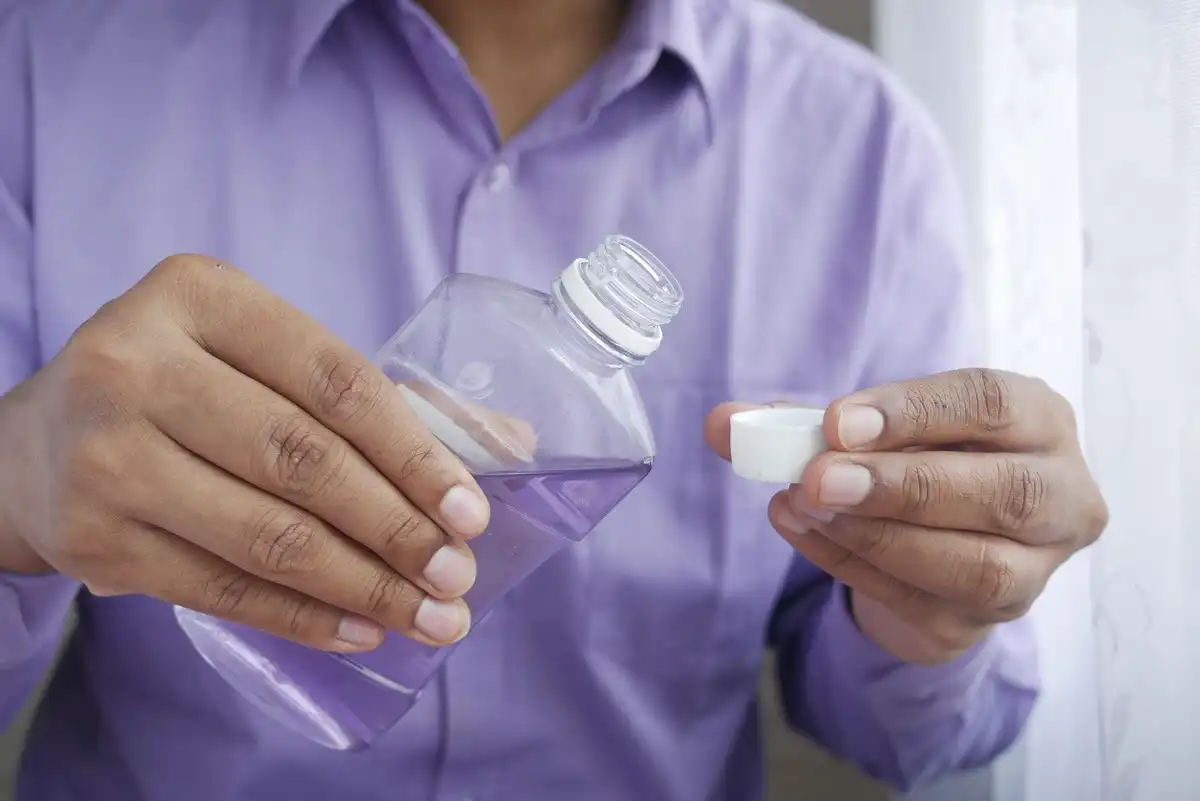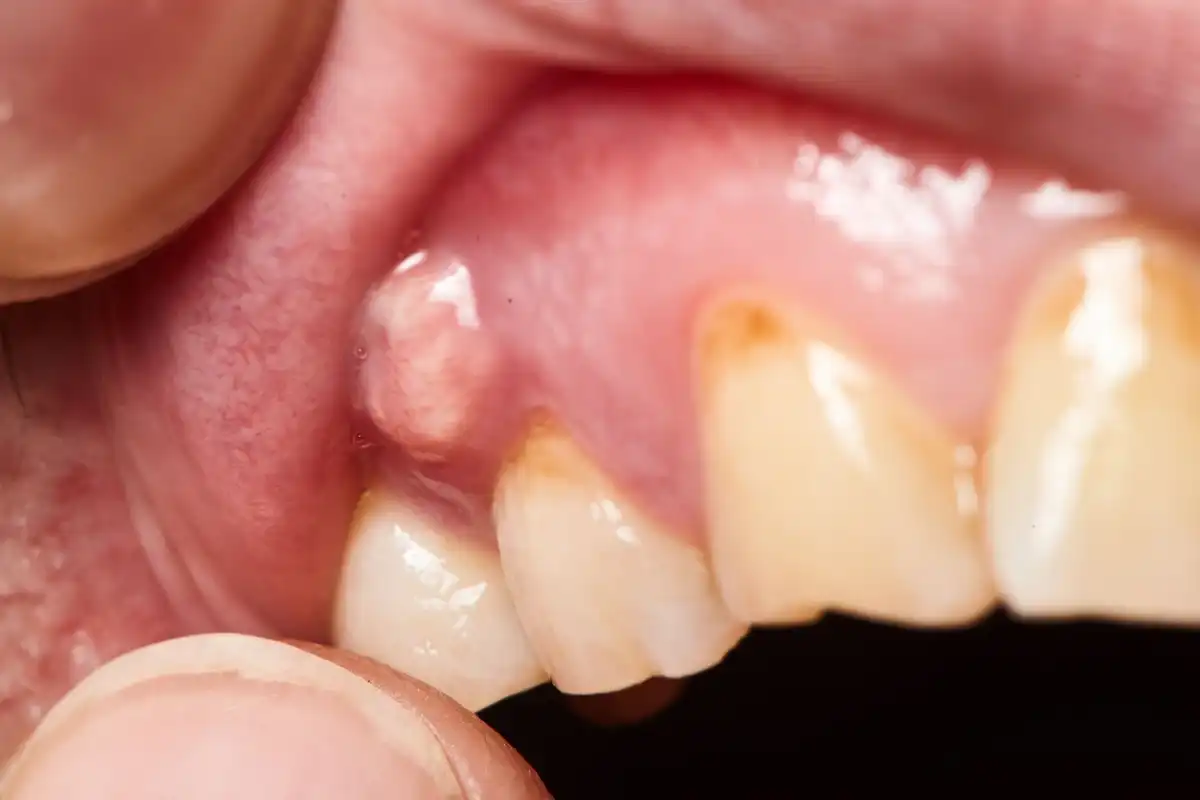Chipped Tooth or Tartar Breaking Off Teeth?


Did you feel something break or chip off your tooth? Was it part of your tooth, or a piece of tartar? While tartar breaking off teeth isn’t an everyday ordeal, it can certainly happen. And when it does, you’ll usually be able to tell. Any time a piece of tartar breaks off of a tooth, it usually leaves a “hole” in that spot, making it difficult to tell whether your tooth is broken.
Can tartar breaking off teeth lead to other issues? The bigger question to worry about is whether leaving the tartar on your teeth does. And if it was your tooth that broke, you’ll need to act quickly before it deteriorates even more.
Did I Chip A Tooth Or Was It Tartar Breaking Off?
Most areas of tartar buildup are heaviest either right along the gumlines, between teeth, or just under the gum tissues around the roots of the tooth. It can be very difficult for tartar to break off teeth because it’s hard and calcified.
Since tartar is a thick coating around your tooth, any time it breaks off accidentally it may cause your tooth to be sensitive. Only because the area underneath the tartar is suddenly exposed to the external elements. This sensitivity or irritation can make it difficult to tell whether it was tartar breaking off your teeth or an actual portion of your tooth itself. Most tartar is yellow, brown, or black. Sometimes it’s even green. Usually, it’s easy to distinguish from tooth enamel because of the color.
If your tooth chips, usually it’s a portion of the tooth closest to the chewing surface. Or around a large, old filling (and the filling might even come out with the tooth fragment.)
What Is Tartar & Plaque?
Plaque is the soft, sticky bacterial residue that builds up on our teeth anytime we eat something. This plaque gathers food particles and interacts with them, potentially causing tooth decay or cavities. Normally, we’re brushing and flossing regularly enough to remove the plaque while it’s still soft. But if plaque doesn’t get removed, it starts to calcify into tartar or what we in the dental field call “dental calculus.”
Tartar is hard, like a rock. It builds up over time, starting out as a thin layer along the edges of the gums. Over time, more plaque can calcify on the outer layers of the tartar already there, causing the tartar to get even thicker. If it isn’t removed by your dental hygienist or dentist during regular dental cleanings, the the tartar formation will continue to expand down below the gum tissues, tooth enamel erosion, eventually causing periodontal disease, bone loss, and tooth mobility.
The first place most people see a tartar build up on teeth is usually on their lower front teeth; either between them or behind them. If you can see buildup, it’s time for a dental cleaning.
Can Tartar Break Off Teeth?
Sometimes tartar can be softer and easier to break off than others. But normally tartar is extremely hard, like a rock, and it doesn’t just flake off of your tooth. Flossing wouldn’t pull it off either because the tartar is literally calcified into place. It would be like trying to floss off a piece of grout that’s on the outside of your tile floor; it’s not going to happen.
But…can tartar break off of teeth? It might if it’s really heavy and thick, especially if you bite into something really hard or bite down on a fork the wrong way. Let me just put it this way: it’s fairly rare.
When it comes to getting your teeth cleaned, your dentist or hygienist can remove tartar from teeth by using special instruments. But it would be extremely dangerous trying to break the tartar off yourself, which is why I never recommend using one of those DIY teeth cleaning kits you find in the store. You could cause irreversible, serious damage to your tooth, gums, or underlying bone.
What To Do If It's Your Tooth That Chipped?
Let’s say for a minute that you can tell your tooth broke off and it’s not tartar. Either the biting edge of your tooth is chipped, or maybe you bit down on something hard and felt the tooth crack.
A broken tooth might cause excruciating pain, or it might not hurt whatsoever. But one thing’s for certain: you need to get to your dentist within the next hour or two.
First, locate the broken part of your tooth and put it in milk or contact solution. You can also use tap water with a pinch of salt if neither of those are available.
Do not, under any circumstances, bite down on that side of your mouth or attempt to reattach the tooth on your own. Superglue is a no-no. Your dentist may be able to use special bonding agents to reattach your broken tooth, depending on how much of it broke off and which part of the tooth is involved.
Is Your Tooth Sharp?
Broken or chipped teeth can definitely be uncomfortable. If it’s sharp and irritating the inside of your mouth, you have a couple of options. One is to use orthodontic wax to cover your tooth if that’s something you have on hand. Another option is to use water and squish up a piece of sugar-free gum, then shape the gum over your tooth. This will temporarily help with the sharp edge as well as protect the tooth against additional sensitivity.
Ways To Prevent Tartar And Plaque From Building Up
The best way to prevent tartar build up on your teeth is with proper oral hygiene. Practice great oral health by brushing twice a day with a fluoride toothpaste, flossing daily, and scheduling a professional dental cleaning every six months. Even those of us who brush and floss will get a little tartar buildup here and there. But professional cleanings will keep tartar to a minimum, so that you can avoid the added risk of gum disease and bone loss.
Trying to remove tartar at home using methods other than a toothbrush and dental floss may result in cuts on the gums or harm to a tooth. I have seen it many times.
If you have visible tartar buildup on your teeth or it’s been over six months since your last checkup, definitely call your dentist to schedule an exam. By the point tartar is breaking off your teeth, there’s a good chance periodontal disease is involved.
Talk With Your Dentist
Some people are just more prone to tartar buildup than others. Talk with your dentist about a modified oral hygiene routine or a tartar control toothpaste that may be helpful. Your dental team may even recommend a deep cleaning every 3-4 months instead of twice a year, to help stay ahead of potential gum disease.
Any time something breaks off of your tooth, whether it’s actual tooth structure or tartar, you need to see your dentist. Things breaking off your teeth aren’t normal or something you can afford to ignore. If it’s only tartar, they can get you scheduled for a cleaning. If it’s a broken tooth, they can repair it before the tooth breaks apart even more.
Chipped Tooth or Tartar Breaking Off Teeth?
Can’t tell if your tooth is chipped or tartar is breaking off? If there’s an obvious sharp edge, it’s probably your tooth. If whatever broke off is brown or black, it’s probably tartar. But heavy tartar that’s thick enough to break off isn’t good, as it’s usually like the tip of an iceberg—it’s worse underneath your gums, where you can’t see—and could indicate something worse. Only a dentist or dental hygienist can remove tartar, during a professional dental cleaning; it's not possible to remove it at home. Any time you see heavy tartar buildup or feel something breaking off of your teeth, be sure to call your dentist and schedule an appointment.

Make your inbox smile!
Subscribe





